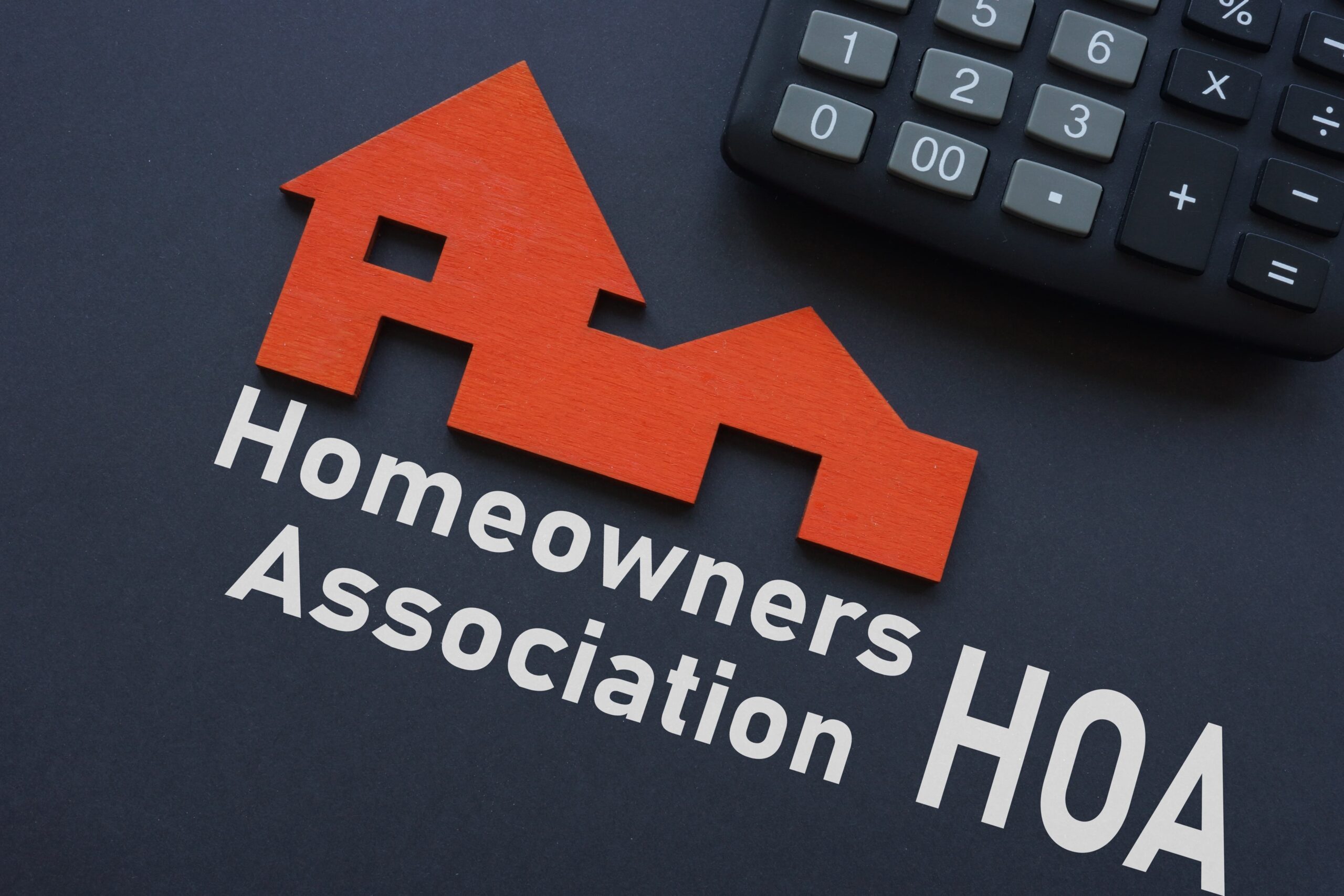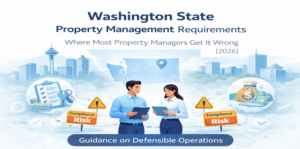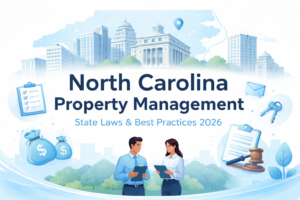
Best Practices for Managing Homeowners Association Reserve Funds
As a homeowner or a Homeowners Association (HOA) member, you understand the importance of maintaining and enhancing your community. One crucial aspect of successful HOA management is implementing effective reserve fund management strategies. By carefully managing Homeowners Association reserve funds, you can ensure your community’s financial stability and long-term well-being.
In this blog post, we will explore the HOA Reserve Fund – what it is, why it’s essential, and some best practices for managing it. By implementing these strategies, your HOA can confidently tackle financial challenges and meet the community’s needs. So, let’s dive in and learn more!
What Exactly is an HOA Reserve Fund?
An HOA reserve fund is like a financial safety net for a homeowners’ association. It helps them tackle significant expenses and unexpected repairs without burdening homeowners with special assessments or higher dues. Picture it as a nest egg that grows over time, ready to cover the costs of essential community projects. Think repaving roads, replacing roofs, upgrading facilities, or even sprucing up the landscaping!
Homeowners usually fund this reserve fund through regular contributions. It’s set aside to build a financial buffer for future big projects. The whole point is to ensure the community’s long-term economic health and stability while preventing residents from being burdened with sudden and hefty financial obligations.
As the fund grows, the HOA has the financial flexibility to handle maintenance, repairs, and improvements. This not only helps preserve property values but also improves the overall quality of life in the community. Plus, having a well-managed reserve fund shows responsible governance, giving homeowners confidence that their investment is protected through intelligent financial planning.
The Importance of Adequate Reserve Funds
It’s super important for a homeowners association (HOA) to have enough reserve funds. One of the main perks is that it helps keep property values intact. By taking care of essential projects like fixing infrastructure, upgrading facilities, or renovating exteriors on time, the HOA helps improve the community’s appearance and function. Property values increase, and homeowners enjoy a beautiful, well-maintained living environment.
Having enough reserve funds is like having a safety net against those unexpected special assessments, you know? Those surprise expenses can strain homeowners’ finances. But with a well-funded reserve, the HOA can cover the costs of major repairs or renovations without resorting to those disruptive and contentious measures. And it’s not just about money. It’s about building trust and transparency between the association and its residents. It creates a stronger and more secure community.
Besides being financially responsible, well-managed reserves also contribute significantly to fostering community harmony. By minimizing the possibility of sudden increases in annual dues, homeowners can experience stability in their financial commitments. A carefully maintained reserve fund allows the association to spread the costs of significant projects over time, preventing any sudden spikes in dues. This proactive approach ensures homeowners a more predictable and manageable financial landscape, making it easier for everyone involved.
Determining the Optimal Amount for a Reserve Fund
Determining the optimal amount for a homeowners association (HOA) reserve fund is a meticulous and strategic undertaking that demands a comprehensive understanding of the community’s present and future financial needs. At the heart of this decision-making process lies the indispensable tool known as a reserve study. This study serves as a financial compass, providing invaluable insights into the anticipated repair and replacement costs for the community’s infrastructure and common elements over an extended timeframe, typically spanning two to three decades.
The reserve study is a crystal ball that forecasts the financial requirements to maintain and enhance the community’s physical assets. Several key factors are considered during this analysis, each crucial in determining the optimal amount for the reserve fund. The age and condition of the properties within the community, the size of the community itself, and the ongoing maintenance needs of amenities and common elements all contribute to the nuanced calculations within the reserve study.
The age of the property is a crucial factor to consider. Older structures may need more repairs or replacements. The reserve study carefully assesses the condition of these structures, considering the expected lifespan of different components – like roofs, siding, plumbing, and electrical systems. This helps create a plan for allocating funds based on when these maintenance needs will likely occur. It ensures that the reserve fund has enough money when these expenses arise.
The size of the community is another important factor to consider in the reserve study. When a community is larger, it usually means more shared spaces and amenities require more maintenance. The reserve study considers the scale of these communal features and estimates the associated costs over time. This helps the HOA contribute to the reserve fund according to the community’s specific needs, ensuring it’s enough for its intended purposes.
Best Practices for Homeowners Association Reserve Funds
Strategic Reserve Fund Management
HOAs must treat the reserve fund as a strategic financial asset. Establish clear guidelines on its purpose, usage, and objectives. Define its role as a dedicated savings account to address long-term needs and prevent unnecessary withdrawals for routine expenses. This approach ensures the fund’s sustained growth and availability for significant community projects or emergencies.
Transparent Community Rules
Develop transparent and comprehensive community rules outlining the scope and limits of the reserve fund. Clearly define eligible expenses, decision-making processes, and the criteria for fund utilization. Transparent guidelines empower residents, preventing misunderstandings and fostering a sense of shared responsibility for the fund’s well-being.
Responsible Contribution Planning
Implement a thoughtful strategy for resident contributions to the reserve fund. Establish fair and realistic contribution amounts, considering current needs and future obligations. Regularly review and adjust these contributions to align with changing financial requirements and ensure the fund remains adequately funded.
Secure Fund Custodianship
Choose secure and reputable financial institutions or investment vehicles to hold the reserve fund. Emphasize the importance of financial stability, reliability, and transparency when selecting custodians. A robust custodianship strategy safeguards the fund against risks and enhances its ability to generate returns, supporting its long-term sustainability.
Effective Monitoring and Oversight
Develop robust monitoring and oversight mechanisms to track the reserve fund’s performance and usage. Implement regular audits, financial reviews, and reporting processes to inform residents about the fund’s status. Proactive monitoring ensures early detection of issues, allowing prompt corrective actions to maintain the fund’s health and longevity.
Emergency Preparedness and Contingency Planning
Incorporate contingency plans within the reserve fund management framework to address unforeseen emergencies. Establish protocols for accessing the fund during critical situations, ensuring a swift and organized response to urgent community needs without compromising the fund’s overall sustainability.
Educational Initiatives for Residents
Launch educational programs to inform residents about the importance of the reserve fund and its role in maintaining a thriving community. Foster a collective understanding of responsible fund management, emphasizing the long-term benefits and shared advantages of preserving the fund for essential community enhancements and unforeseen challenges.
Common Reserve Fund Mistakes
Lack of Proper Planning
One common mistake that can have serious consequences is improper planning. When associations fail to conduct reserve studies and assess future needs regularly, they may face underfunded reserves and financial strain when unexpected major expenses arise. It’s crucial to proactively anticipate and account for potential costs to ensure the organization’s long-term economic health and stability. By planning and budgeting for future needs carefully, associations can avoid being caught off guard and effectively manage their resources.
Inadequate Funding
When there aren’t enough contributions to the reserve fund, it can lead to deferred maintenance and the need for special assessments. And let’s be honest, that can cause severe financial hardships for homeowners. We’re talking about unexpected expenses you may not have budgeted for, adding stress and making it harder to meet your financial obligations. Homeowners must ensure they’re putting enough money into the reserve fund. It’s all about long-term financial stability and the well-being of the community.
Misallocation of Funds
One typical example of misallocation of funds is when reserve funds, which are set aside for specific purposes such as major repairs or replacements, are instead used for general operating expenses. This practice can have detrimental effects on the financial health of an organization or community because it depletes the resources available in the reserve fund and reduces its ability to cover unexpected or significant costs that may arise.
By adequately allocating and safeguarding reserve funds for their intended purposes, organizations can ensure the long-term sustainability of their operations and effectively manage financial risks. It’s important to use those funds for what they were meant for to serve as a safety net when unexpected expenses arise.
Wrapping Up for a Secure Future
In securing the long-term sustainability of HOA reserve funds, these best practices serve as reliable companions. From setting clear guidelines to making intelligent investment moves and maintaining the right reserve level, each step contributes to the community’s financial health. It’s not just about today; it’s about securing tomorrow. Here’s to a future where HOAs thrive and are well-prepared for whatever economic challenges may arise.
Table of Contents
Stay Updated
Subscribe to get the latest news, industry trends, blog posts, and updates...




